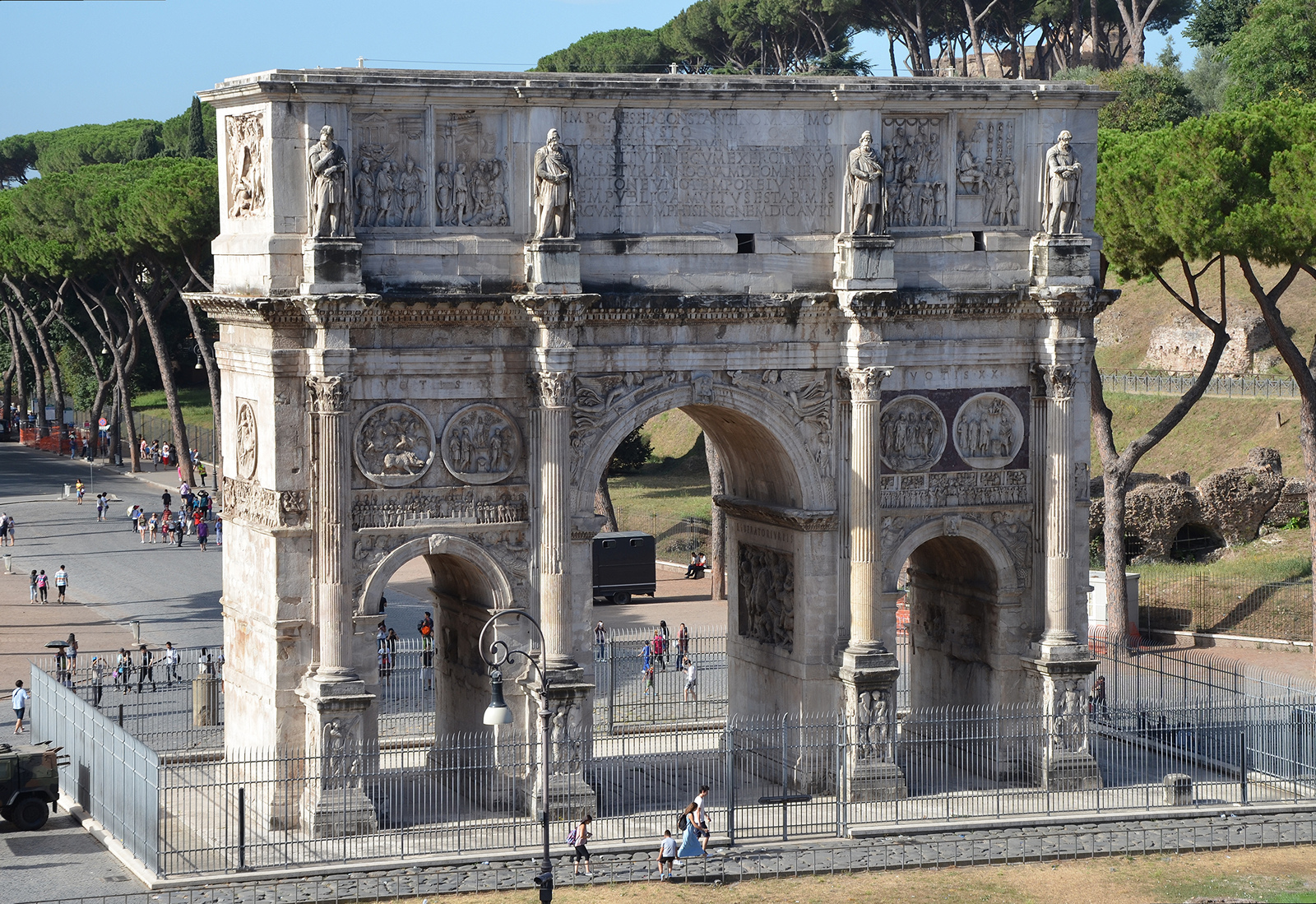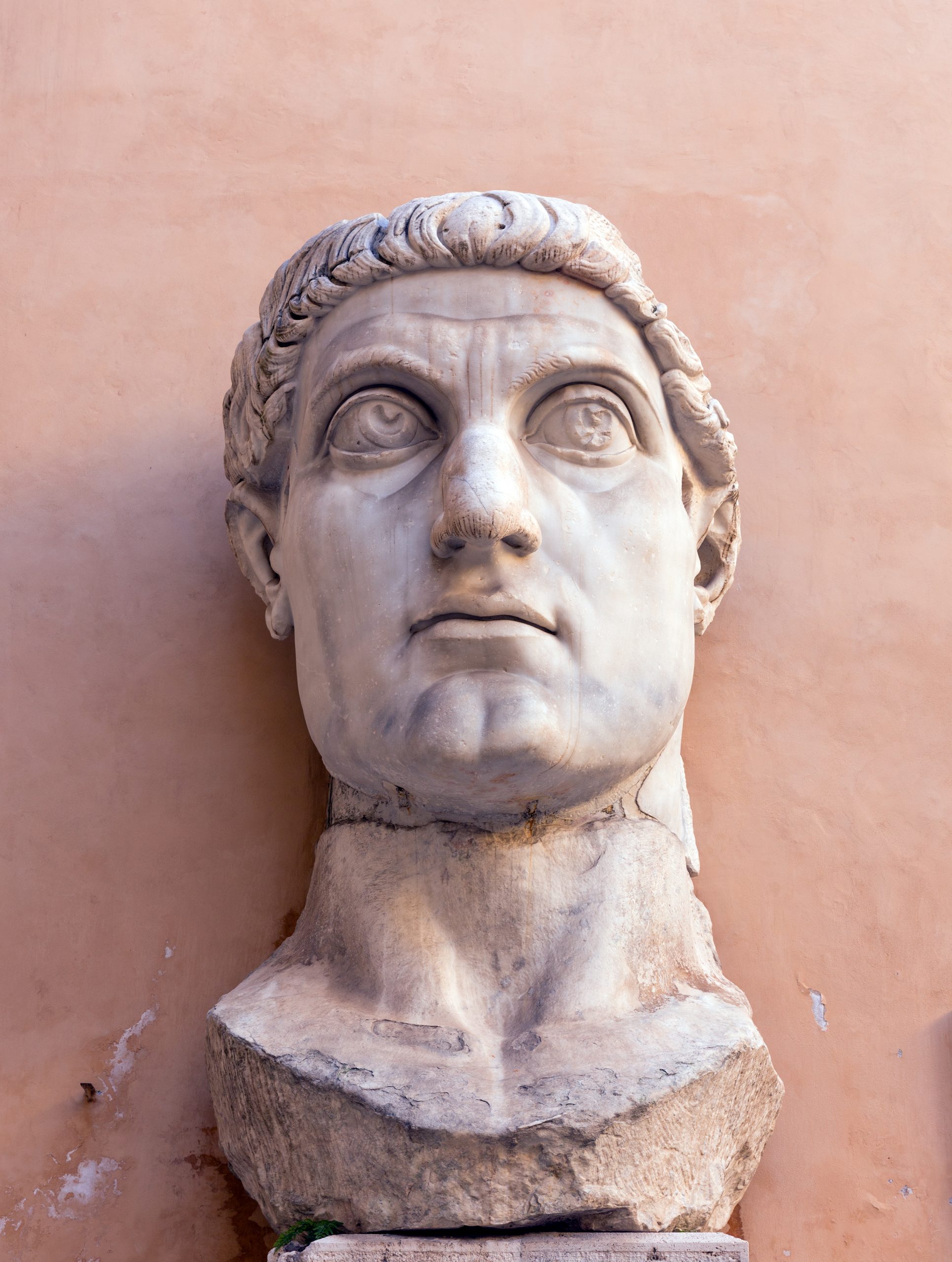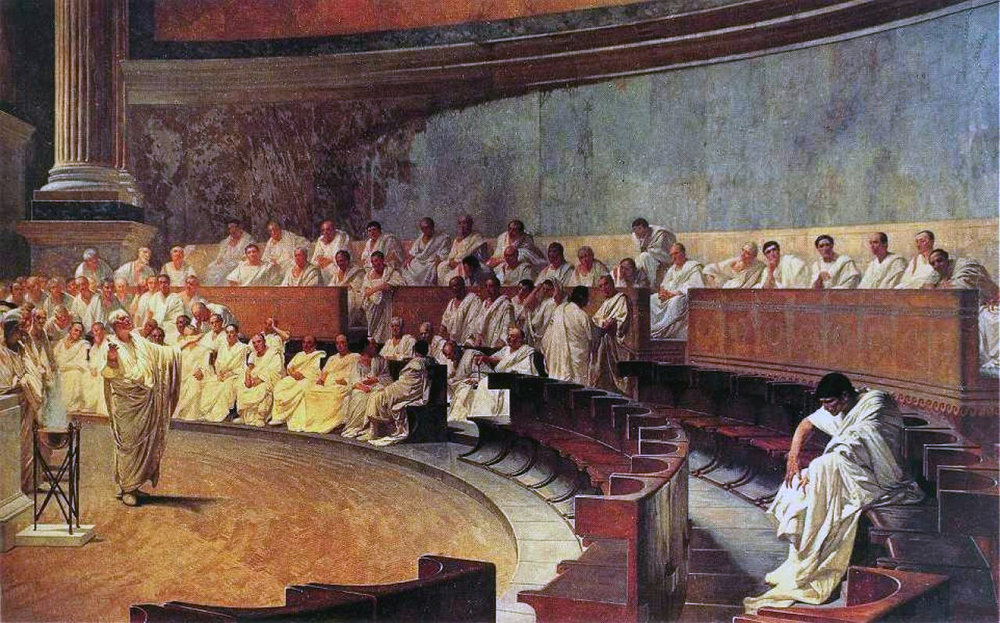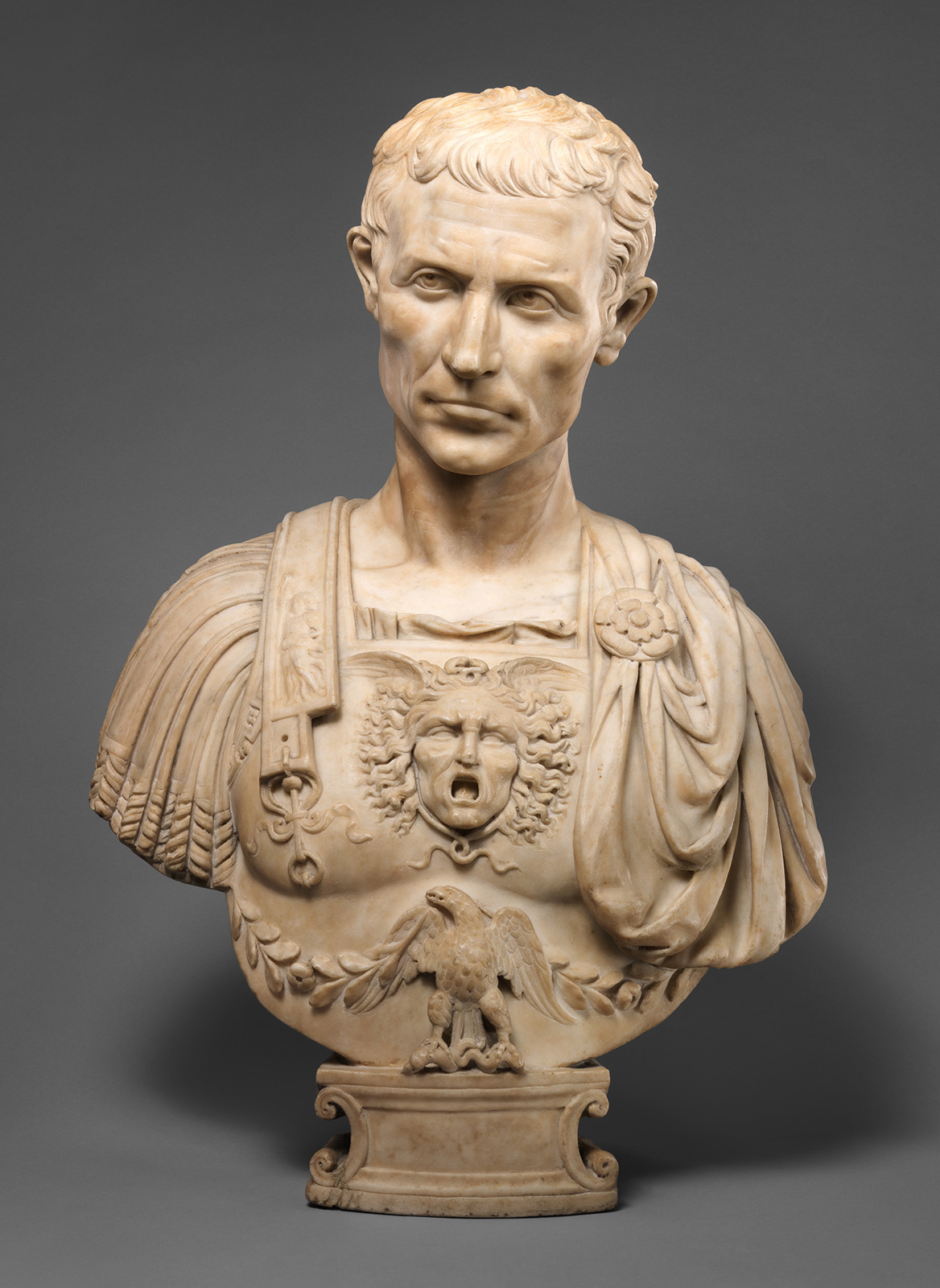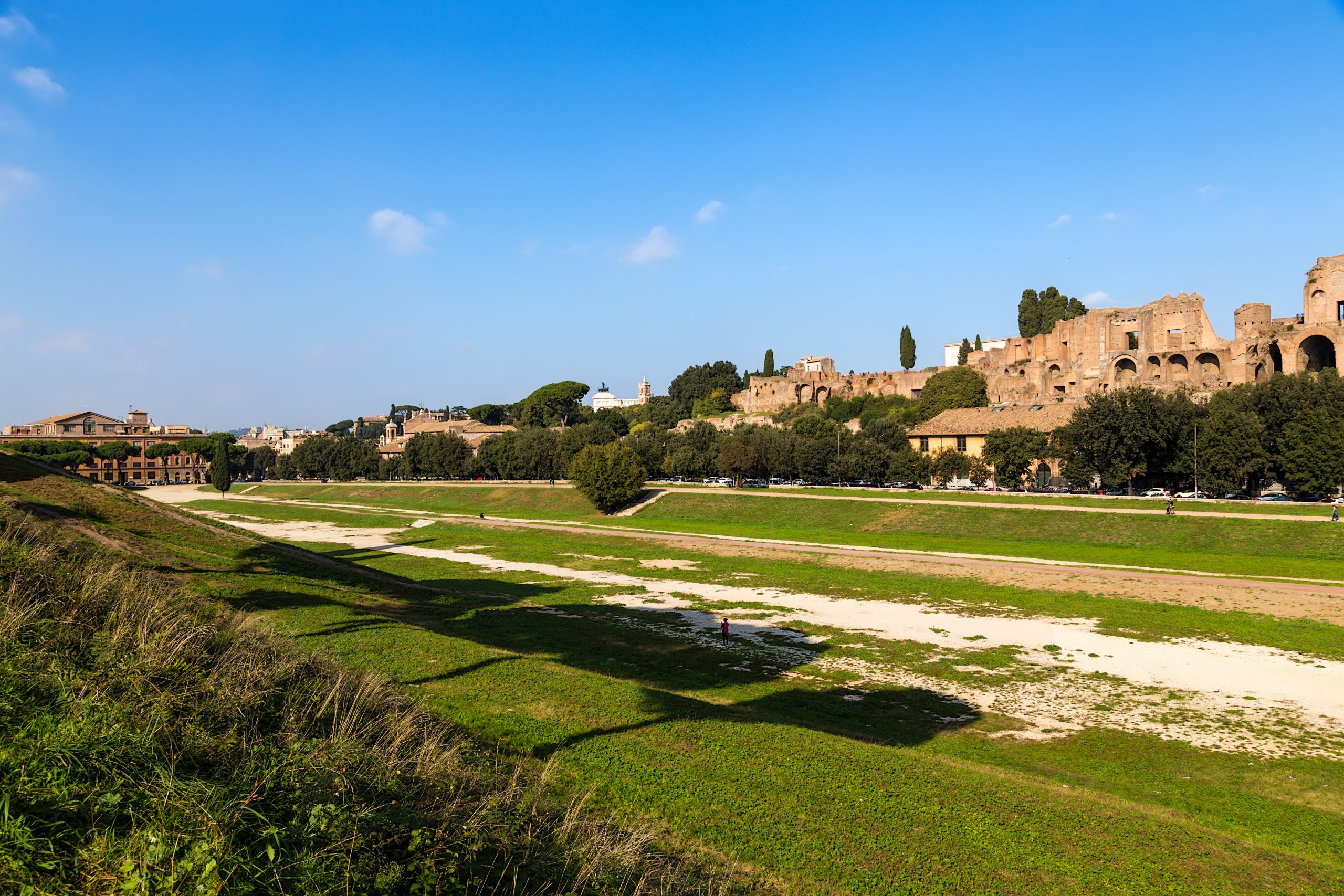EL ARCO DE CONSTANTINO
The EL ARCO DE CONSTANTINO is the largest surviving example of the classic Roman triumphal arch. Triumphal arches were monuments to military triumphs and significant events; they were often constructed over roads and preferably on the route used by Triumphal processions. Although they served no practical purpose, they were intricately detailed and decorated with sculptures, reliefs, columns and bronze lettering (used for inscriptions).
Situated between the Colosseum and the Palatine Hill, Constantine’s Arch is still a prominent architectural feature of Rome’s ancient city. Built in 315 A.D. it was placed along the Via Triumphalis, near the Roman Forum, making it highly visible to passers-by. Standing 20 meters high and 25 meters wide – it is still hard to miss. It has lost the marble that once decorated the panels surrounding the roundels and one yellow marble column – it only survives today thanks to the link to Constantine and his benevolence towards the Christian community.
The arch commemorates the Battle of the Milvian Bridge (Ponte Milvio in Rome) in 312 A.D. when Constantine defeated the ‘tyrant’ Maxentius. You can still visit the historic bridge today in the North of Rome.
The Emperor Constantine is an important figure in Roman history for multiple reasons: his transformation of Roman politics, the founding of Constantinople (the city we know as Istanbul), and his tolerance and support of the Christian religion. Today, some see the arch as the triumph of Christianity over paganism. Constantine would go on to legalise Christianity in 313 A.D. with the ‘Edict of Milan’ and built three Christian Basilicas in Rome (San Giovanni, St Peters and St Paul’s outside the walls).
The arch is an oddity that includes pieces from earlier monuments including images of Trajan, and Marcus Aurelius. The spolia (reused decorative pieces from other monuments) are patchworked together with only a few of the decorative elements from the time of Constantine. Scholars used to view this use of spolia as a sign of
declining skills in craftsmanship (the Constantinian elements are badly executed), more recent claims suggest that the use of spolia was intentional and places Constantine on equal footing with the revered emperors of the past.
